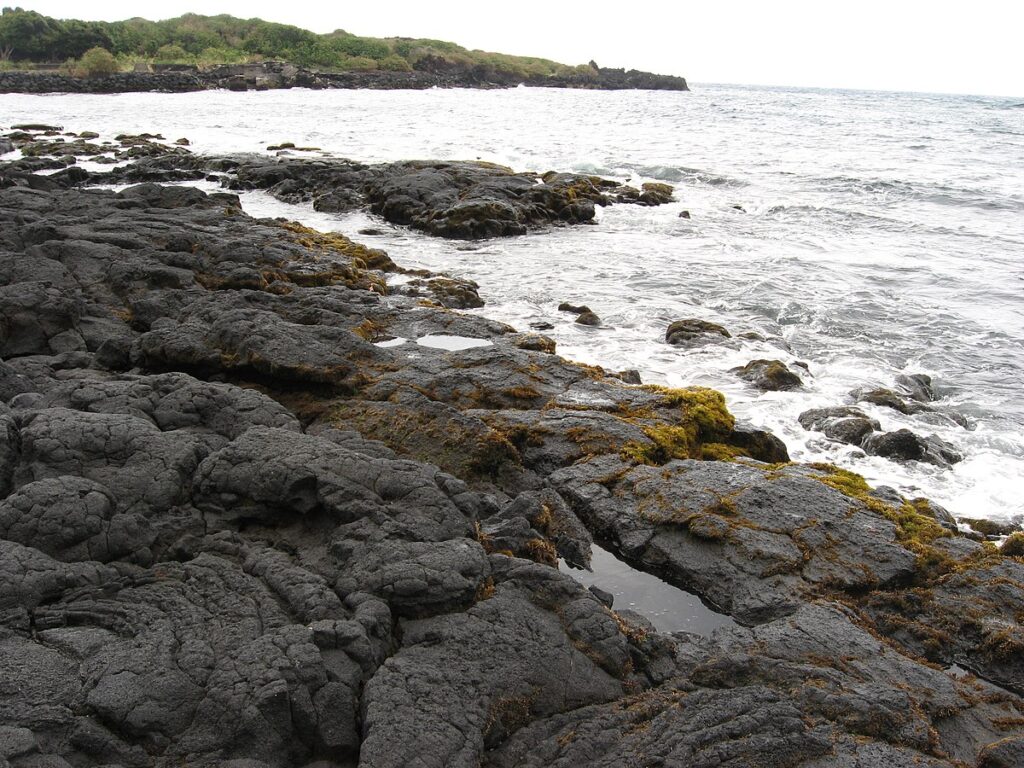
Moving to Big Island of Hawaii: A Comprehensive Relocation Guide
Considering moving to Big Island of Hawaii? This diverse island offers active volcanoes, varied climates, and authentic lifestyle. With approximately 210,000 residents in 2025, the Big Island combines natural wonders with affordable Hawaii living and the Aloha State’s largest and youngest island.
Demographic Profile to Consider If Moving to Big Island of Hawaii:
The Big Island’s 2025 population is approximately 210,000 residents across Hawaii County, the state’s largest island geographically. The median age is around 42 years, with diverse residents including Native Hawaiians, transplants, retirees, and working families. The population is approximately 34% White, 26% Asian, 22% Two or More Races, 13% Native Hawaiian and Pacific Islander, 3% Hispanic. The Big Island features dramatically varied environments from Hilo’s rainforests to Kona’s dry coastline, from snow-capped Mauna Kea to active Kilauea volcano. Major communities include Hilo (county seat and largest city), Kailua-Kona (resort area), Waimea (ranch country), and numerous smaller towns. The Big Island attracts those seeking authentic Hawaii with natural beauty, affordability compared to Oahu, and diverse landscapes. The community values Hawaiian culture, environmental stewardship, and ohana (family) spirit. Find trusted local services for moving, living, and working in Big Island Of Hawaii.Big Island Of Hawaii Relocation Directory
Cost of Living to Consider If Moving to Big Island of Hawaii:
The Big Island offers the most affordable housing in Hawaii, though still expensive by mainland standards. Median home values range from $550,000 to $750,000 in 2025, significantly lower than Oahu or Maui while providing island living. The median household income is approximately $68,000. Rental properties average $2,200 to $3,200 monthly. Hawaii has no state sales tax but high excise tax (4.5%). Overall cost of living is very high with imported goods, groceries 50-70% above mainland prices, gas expensive, and utilities costly. The Big Island provides relative value for Hawaii while maintaining island lifestyle. Housing costs vary dramatically by location from affordable Puna to luxury Kohala Coast. The geographic isolation creates self-sufficient mindset and acceptance of higher costs for island paradise living.
Economy and Job Market:
The Big Island’s economy centers on tourism, astronomy, agriculture, military, and government. Major employers include hotels and resorts in Kona and Kohala Coast, Mauna Kea Observatories, Hawaii County government, University of Hawaii at Hilo, hospitals, and schools. Tourism supports thousands in hospitality. Coffee farming in Kona creates agricultural employment. Macadamia nuts and diversified agriculture continue. The military presence at Pohakuloa Training Area provides jobs. Many residents work multiple jobs or side hustles. Remote work enables some mainland employment. Typical industries include tourism, agriculture, astronomy, healthcare, and education. The economy operates with island rhythm and seasonal tourism fluctuations. Entrepreneurship thrives with small businesses.
Education:
Hawaii Department of Education operates public schools throughout the Big Island including Hilo High School, Konawaena High School, and schools in all communities. School quality varies significantly. The University of Hawaii at Hilo offers four-year programs with emphasis on Hawaiian studies, astronomy, and marine science. Hawaii Community College provides associate degrees. Private schools including Hawaii Preparatory Academy serve families. The educational infrastructure reflects island scale with schools serving geographically dispersed communities.
Recreation and Lifestyle:
The Big Island offers unparalleled natural attractions including Hawaii Volcanoes National Park with active Kilauea volcano, Mauna Kea summit for stargazing at world-class observatories, diverse beaches from black sand to green sand to white sand, snorkeling at Kealakekua Bay, Akaka Falls, Waipio Valley, and Hapuna Beach. Residents enjoy year-round outdoor activities including surfing, diving, hiking, fishing, and ocean sports. Kona’s coffee farms offer tours. Hilo features farmers markets and tropical gardens. The island’s size creates varied microclimates and adventures within one island. The lifestyle emphasizes ohana (family), respect for aina (land), ocean connection, and slower pace. The tropical climate enables perpetual summer. The community values Hawaiian culture, environmental conservation, sustainability, and authentic island living. Living on the Big Island means embracing isolation, accepting higher costs, respecting Hawaiian traditions, and prioritizing natural beauty over urban conveniences. The active volcano creates both wonder and occasional disruption.
Healthcare and Services:
Big Island residents access healthcare through Hilo Medical Center, Kona Community Hospital, North Hawaii Community Hospital, and clinics throughout the island. The healthcare infrastructure serves the dispersed population though specialized care may require Oahu travel. Emergency services operate throughout the island with varying response times given geography.
Transportation:
The Big Island has two airports: Hilo International Airport (ITO) on the east and Ellison Onizuka Kona International Airport (KOA) on the west providing interisland and mainland flights. Hele-On Bus operates limited public transit. Most residents require personal vehicles given the island’s 4,000+ square miles. The island’s size makes driving significant—Hilo to Kona takes 2+ hours across Saddle Road. Gas is expensive. The Belt Road circles most of the island. Traffic is generally light except in town centers.
Conclusion:
Moving to the Big Island of Hawaii in 2025 offers authentic island living with active volcanoes, diverse landscapes, and affordable Hawaii experience. The island’s combination of Kilauea’s lava, Mauna Kea’s snow, varied beaches, and space makes it ideal for nature lovers, adventurers, and those seeking real Hawaii where volcanic creation continues and aloha spirit defines daily life in paradise’s most dramatic and affordable island.

